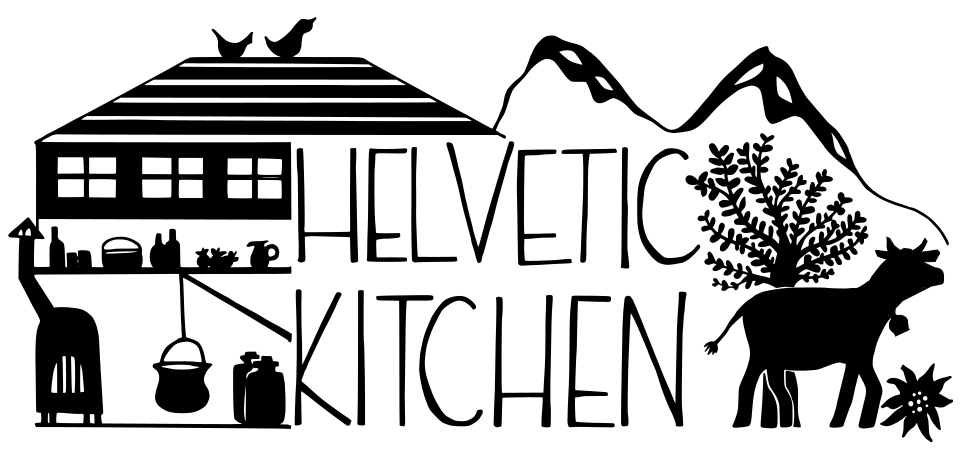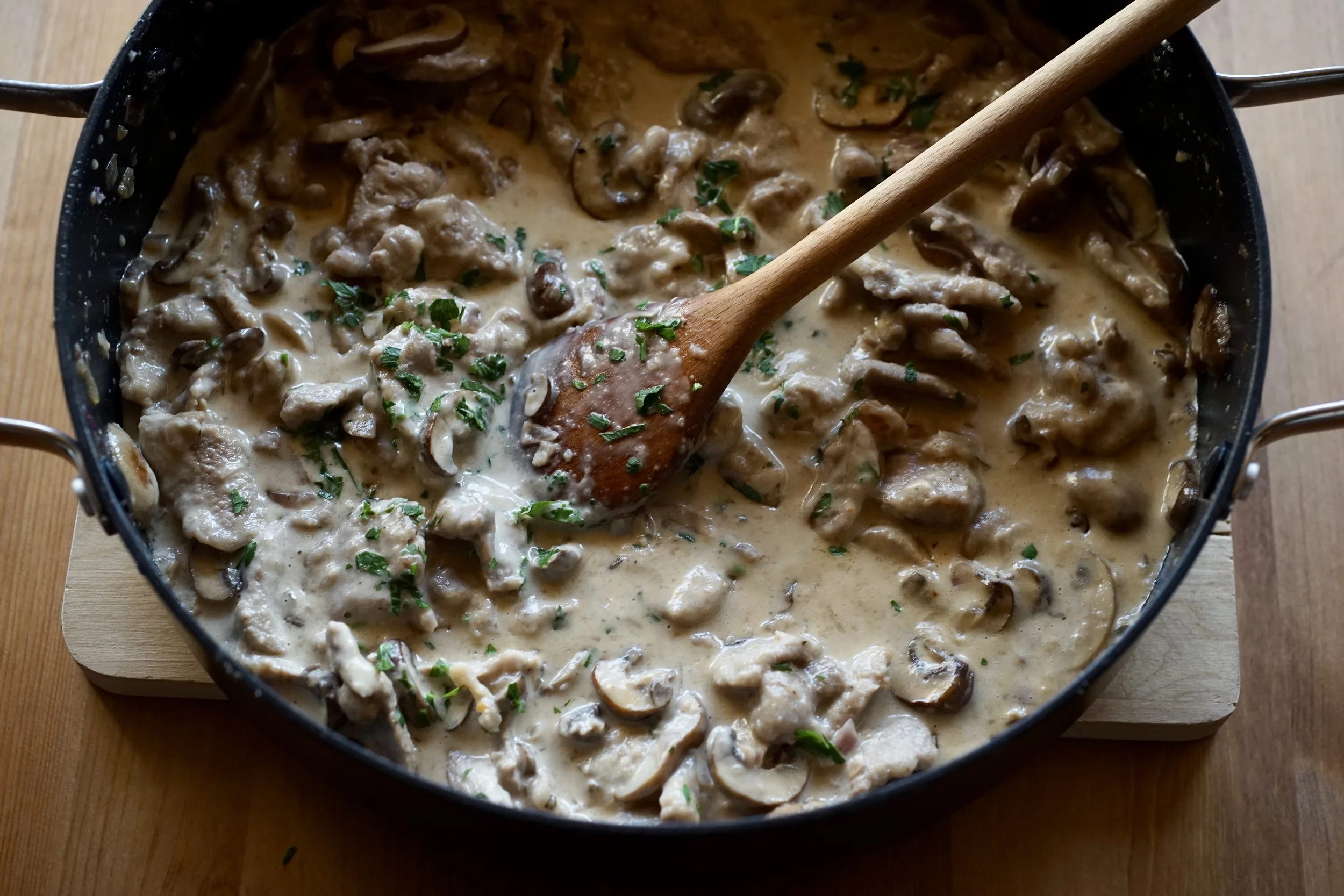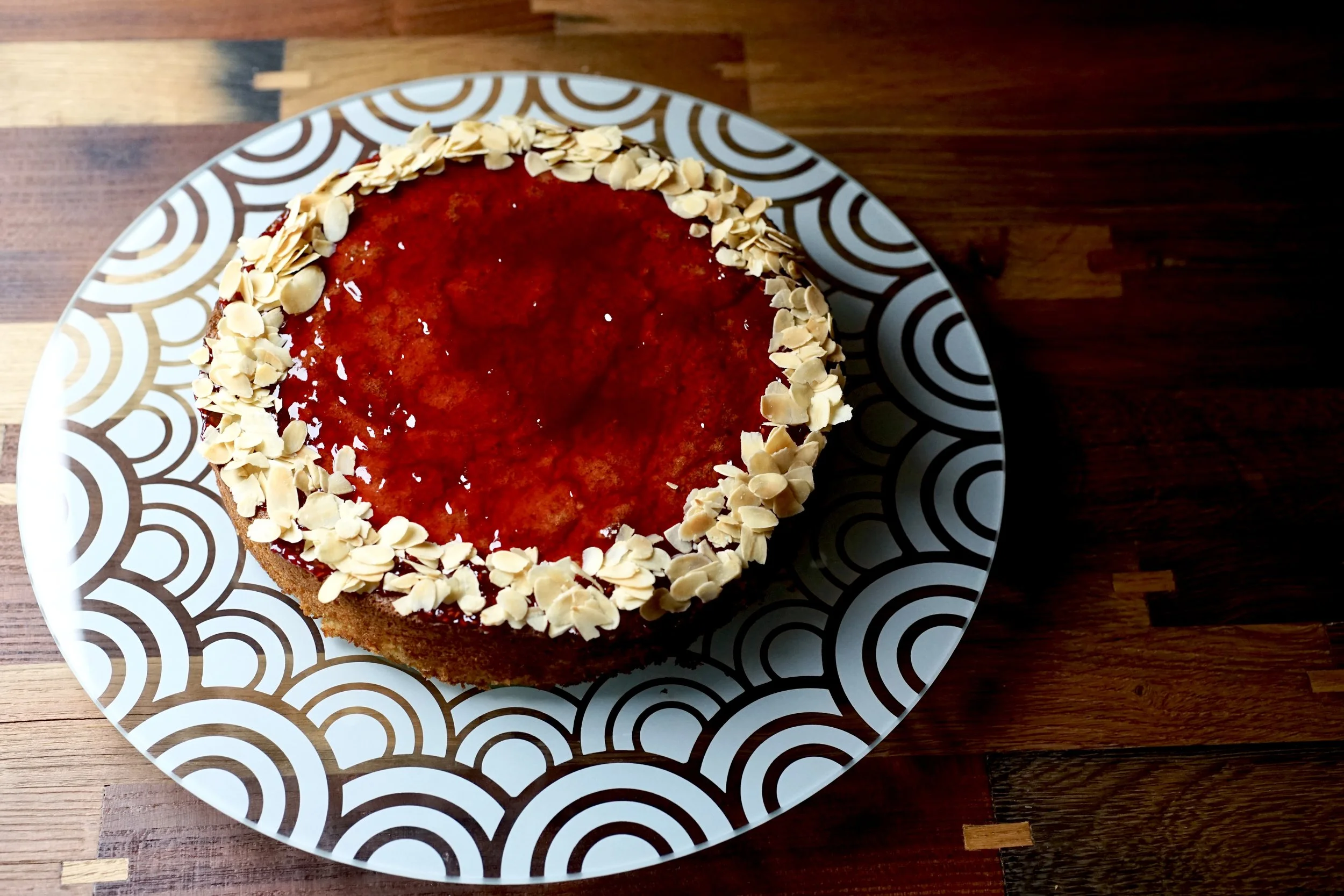Züri Gschnätzlets
Although it’s now an absolute standard of Swiss cuisine, the famous dish Zürich Geschnetzeltes (or Züri Gschnätzlets in dialect) is relatively modern, first appearing in the late 1940s.
It was through research on this classic dish that I learned who Roy Hodgson is.
Although claims that the British football coach, American singing legend Tina Turner, and former US presidential candidate Al Gore all love Zürich’s favourite dish may indeed be true, it’s origins are slightly less clear.
Geschnetzeltes nach Zürcher Art
In the Betty Bossi post, it states that the veal dish was first mentioned in Rosa Graf’s Das Neue Kochbuch—only Rosa Graf’s kitchen bible is actually called Das Goldene Kochfibel. Das Neue Kochbuch was written by Graf’s contemporary Willy Brenneisen and published around the same time.
Both cookbooks have recipes for something resembling this dish.
Graf has Geschnitzeltes Kalbfleisch (pg 506), strips of veal in cream sauce, though no mention of a Zürich connection.
On the other hand, Brenneisen has what I think must be the original recipe: Geschnetzeltes nach Zürcher Art (pg 483), veal with just a hint of cream. However, with lots of meat and very little liquid, this dish would not really resemble the dish of today with its much loved, creamy sauce.
The other glaring omission from both these recipes is Nierli, kidneys, which many claim is an integral part of the dish. If you agree, and like your Gschnätzlets with kidneys, you can swap out 200 grams of veal for innards.
What is a Gschnätzlet?
The word Geschnetzeltes simply refers to how the meat is cut, in strips. Technically, any kind of Geschnetzeltes would be suitable—beef, chicken, turkey, pork—but veal is the favourite. Veal was probably used because it was traditionally an inexpensive meat—the milk producers had no use for so many young male cows.
For beef or veal, the meat for Geschnetzeltes is often cut from a tender part of the cow’s hip or flank, in German the Huft/Stotzen region, often from the Nuss. For more on Swiss (German) cuts of beef, see my post here.
Classic preparation involves the strips of meat being dusted with flour, fried, cooked in wine and stock, and simmered in cream. Mushrooms are usually in the mix, and an easy vegetarian alternative leaves out the meat completely. It is usually served with Rösti.
This is my mum’s recipe, translated from “a dash of wine, a splash of cream” into actual measurements.
knob of butter
600 g veal, cut into strips
handful of flour
1 onion, diced
250 g mushrooms, sliced
125 ml white wine
125 ml cream
250 ml stock
salt and pepper
parsley
Melt the butter in a large frying pan. Dust the veal with flour and fry in the butter for about three minutes. Remove from the pan.
Add the onion and mushrooms to the pan and fry for a few minutes. Add the white wine, then the stock and bring to a boil. Turn the heat down, add the cream, and stir until you get a creamy, uniform sauce.
Add the meat back to the pan, then season with salt and pepper.
Garnish with parsley.
This recipe serves about 4 people.
You can use different kinds of meat in this dish (generally anything quick-frying will do) or omit the meat and up your mushrooms for a vegetarian alternative.
Another Swiss classic?
Cheese Fondue















